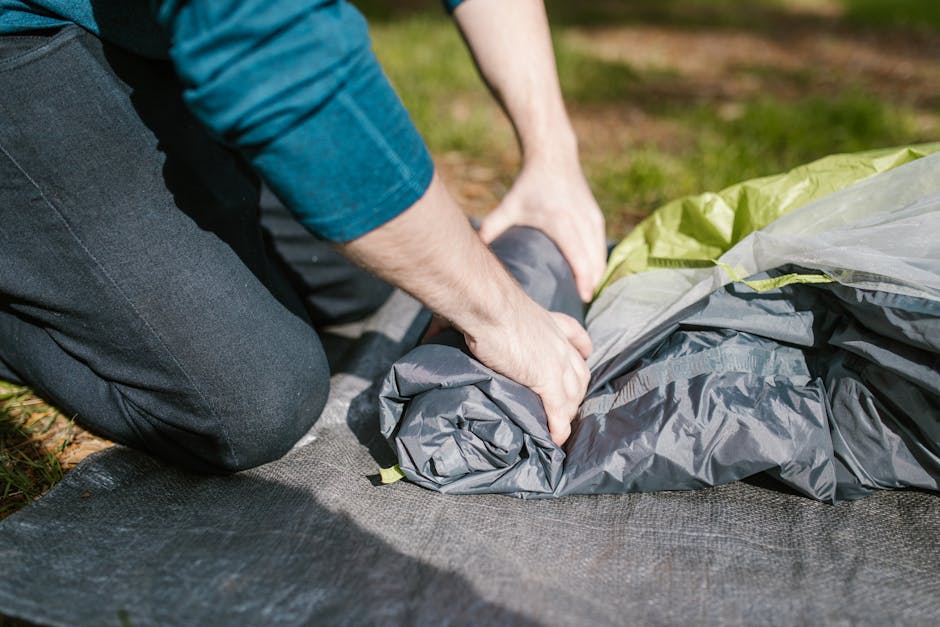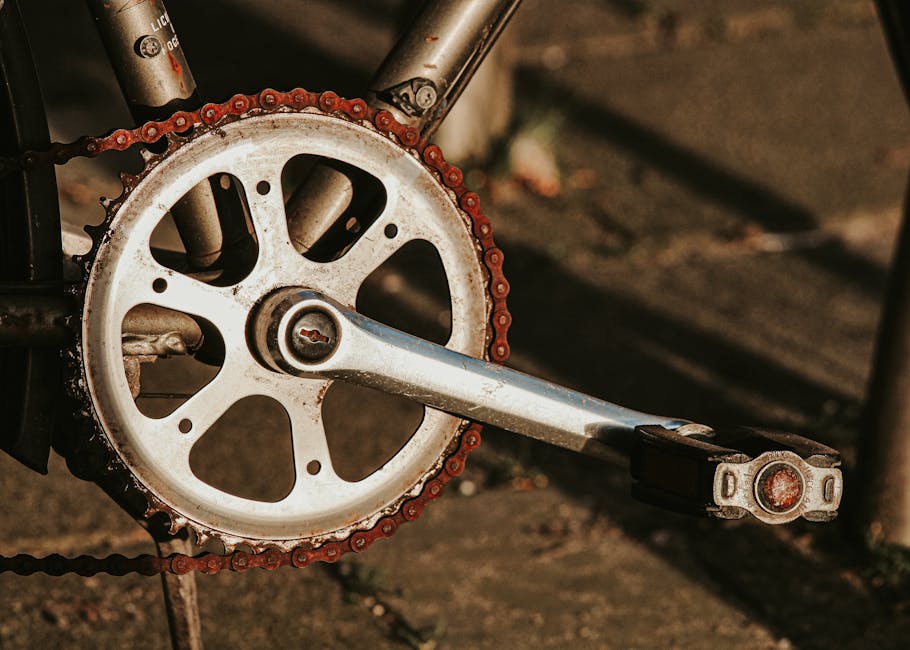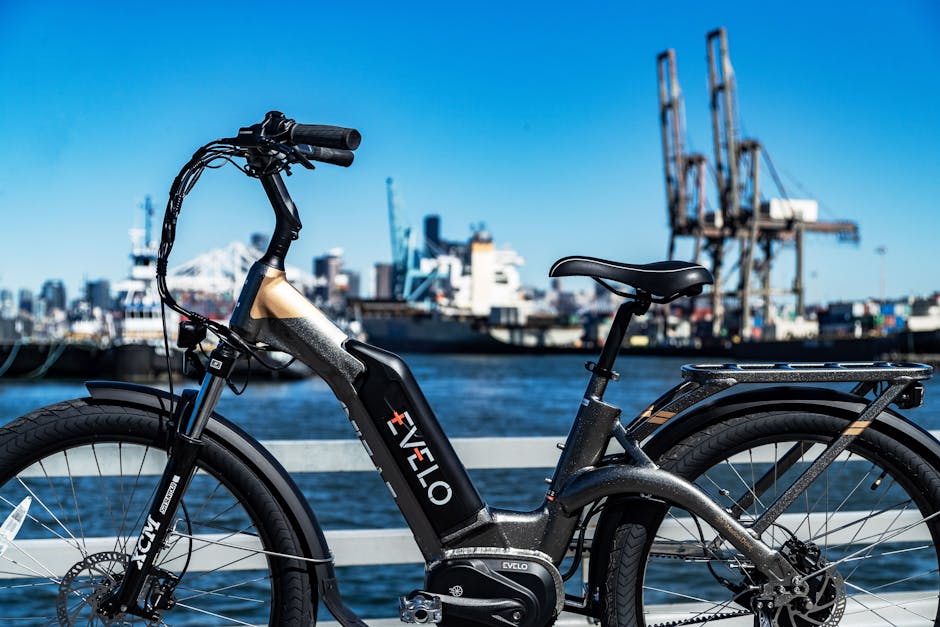Sustainable and Eco-Friendly Archery Gear: A Comprehensive Guide
Archery, an art form dating back thousands of years, has evolved from a means of survival to a popular recreational activity and competitive sport. As archers strive for precision and accuracy in their aim, the gear they use plays a crucial role in their performance. In recent years, there has been a growing focus on sustainability and eco-friendliness in various industries, including archery. This shift towards environmentally friendly practices has led to the development of sustainable archery gear that not only enhances the archer’s experience but also minimizes the impact on the planet.
The Rise of Sustainable Archery Gear

Traditionally, archery equipment was made from materials like wood, animal hide, and feathers, which were relatively sustainable compared to modern materials like carbon fiber and aluminum. However, as technology advanced, the archery industry shifted towards synthetic materials that were more durable and lightweight but often lacked sustainability.
With concerns about climate change, deforestation, and waste management on the rise, archers and manufacturers alike started exploring ways to make archery gear more sustainable. This led to the development of eco-friendly alternatives that combine performance with environmental consciousness.
Materials Used in Sustainable Archery Gear

One of the key aspects of sustainable archery gear is the materials used in its construction. Traditional bows were crafted from wood, while modern bows are often made from materials like carbon fiber, aluminum, and fiberglass. However, sustainable archery gear incorporates eco-friendly materials such as bamboo, reclaimed wood, and recycled plastics.
Bamboo, in particular, has gained popularity as a sustainable material for bow construction due to its strength, flexibility, and fast growth rate. Reclaimed wood from old furniture or structures is another eco-friendly option that gives new life to discarded materials. Recycled plastics, such as those sourced from ocean clean-up initiatives, are also being used to create components like arrow nocks and fletchings.
Manufacturing Processes and Practices

In addition to using sustainable materials, manufacturers of eco-friendly archery gear are adopting environmentally conscious practices in their production processes. This includes reducing waste, minimizing energy consumption, and implementing recycling programs. Some companies are also prioritizing local sourcing to reduce carbon emissions associated with transportation.
Zero-waste manufacturing techniques, where every part of the material is utilized or recycled, are becoming more common in the production of sustainable archery gear. By focusing on efficiency and resourcefulness, manufacturers are able to create high-quality products while minimizing their environmental footprint.
Biodegradable and Compostable Accessories

Aside from the bow itself, archers also use accessories like arrows, bowstrings, and arm guards, which can contribute to environmental impact. To address this, companies are developing biodegradable and compostable alternatives to traditional accessories.
Biodegradable arrow nocks, made from materials like cornstarch or plant-based plastics, break down naturally over time, reducing plastic pollution in the environment. Compostable bowstrings, crafted from natural fibers like hemp or flax, offer a sustainable alternative to synthetic strings that take hundreds of years to decompose.
Recycling Programs and Upcycling Initiatives
Many archery gear manufacturers are implementing recycling programs to reduce waste and encourage sustainability among their customers. These programs allow archers to return used equipment for recycling or upcycling, where the materials are repurposed into new products.
Upcycling initiatives have also gained traction in the archery community, with artists and craftsmen transforming old gear into decorative or functional items. By giving new life to discarded equipment, upcycling promotes creativity and sustainability in archery.
Carbon Footprint Reduction
Reducing the carbon footprint of archery gear involves not only using sustainable materials and practices but also considering the entire lifecycle of the product. This includes factors like transportation, packaging, and end-of-life disposal.
Some manufacturers calculate the carbon footprint of their products and offset it through carbon offset programs or investments in renewable energy projects. By taking a holistic approach to sustainability, archery gear companies can minimize their environmental impact and contribute to a greener future.
Expert Opinions on Sustainable Archery Gear
Experts in the field of archery and sustainability emphasize the importance of adopting eco-friendly practices in the sport. According to renowned archer and environmental advocate, Emma Green, “Sustainability is not just a trend, it’s a responsibility we all share. By choosing sustainable archery gear, we can enjoy the sport we love while protecting the planet for future generations.”
Green also believes that educating archers about the benefits of sustainable gear is key to driving positive change in the industry. “When archers understand the environmental impact of their equipment choices, they are more likely to make sustainable decisions that benefit both themselves and the planet,” she explains.
Common Misconceptions about Sustainable Archery Gear
Despite the growing interest in sustainable archery gear, there are still some misconceptions surrounding the topic. One common myth is that eco-friendly gear is less durable or effective than traditional materials. In reality, sustainable archery gear undergoes rigorous testing to ensure performance and longevity.
Another misconception is that sustainable gear is more expensive than conventional options. While some eco-friendly products may have a higher upfront cost due to the use of premium materials or ethical manufacturing practices, the long-term benefits of sustainability often outweigh the price difference.
Comparative Analysis: Sustainable vs. Conventional Archery Gear
When comparing sustainable archery gear to conventional options, several key differences emerge. Sustainable gear tends to be lighter, more flexible, and less harmful to the environment than traditional materials like carbon fiber and aluminum.
Additionally, sustainable archery gear offers archers the opportunity to align their values with their hobby, promoting a sense of environmental stewardship and social responsibility. By choosing eco-friendly gear, archers can make a positive impact on the planet while enjoying their passion for archery.
FAQs about Sustainable Archery Gear
Q: Are sustainable archery products as durable as traditional gear?
A: Yes, sustainable archery gear undergoes rigorous testing to ensure durability and performance comparable to conventional materials.
Q: Is sustainable archery gear more expensive?
A: While some eco-friendly options may have a higher upfront cost, the long-term benefits of sustainability often outweigh the price difference.
Conclusion
To wrap things up, sustainable and eco-friendly archery gear represents a holistic approach to reducing the environmental impact of the sport. By using sustainable materials, implementing eco-friendly practices, and promoting recycling and upcycling initiatives, the archery industry is moving towards a more sustainable future.
As archers, manufacturers, and enthusiasts continue to prioritize sustainability in their gear choices, they not only enhance their own experience but also contribute to the preservation of the planet for future generations. By embracing eco-friendly practices and supporting sustainable initiatives, archers can enjoy the sport they love while being responsible stewards of the environment.




